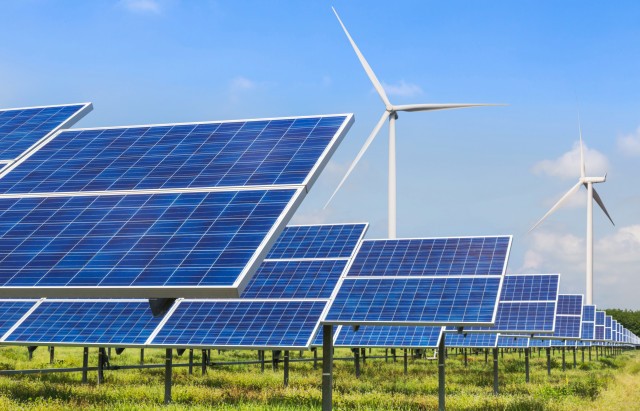Aggregate fossil fuel demand is set to peak in 2027 – with oil peaking in 2029 and gas in 2037 – partially due to the impacts of COVID-19, according to consultancy firm McKinsey & Company.
While coal demand peaked already, peaks in demand for oil and gas are not far behind – falling in 2029 and 2037, respectively.
Energy demand will take between one to four years to recover – with electricity and gas demand expected to bounce back more quickly than demand for oil.
Demand for fossil fuels will never return to its pre-pandemic growth curve. Over the long-term, the impacts of behavioural shifts due to COVID-19 are minor compared to “known” long-term shifts such as decreasing car ownership, growing fuel efficiencies and a trend towards electric vehicles, whose impact is estimated to be three-to-nine times higher than the pandemic’s by 2050.
“The share of electricity in the energy mix is set to grow by around 50 percent by 2050 and it’s set to capture all global energy growth as hydrocarbon consumption plateaus. However, in our Reference case, fossil fuels continue to play a significant role for the foreseeable future,” Christer Tryggestad, senior partner at McKinsey, said.
While energy systems around the world will shift to renewables, which are able to compete with the marginal cost of fossil power already today in most places, by 2050 more than half of all global energy demand continues to be met by fossil fuels in McKinsey’s Reference Case scenario.
As a result, while the earlier peak of hydrocarbon demand means a substantial reduction in forecasted carbon emissions, the world remains significantly off of the 1.5ºC pathway and will run out of its carbon budget for 2100 in the early 2030s.
Annual emissions would need to be around 50 per cent lower in 2030 and about 85 per cent lower by 2050 than current trends predict to limit the global temperature increase to 1.5ºC, McKinsey said in its report.

